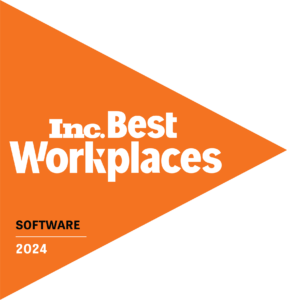Microsoft released Service Manager 2022 earlier this year, but upgrading to the newest version can require thought, an upgrade strategy and prioritization. In this Community Open Floor meetup, we discussed various approaches, including migrations and in place upgrades, and reporting scenarios when Power BI vs. Cireson Portal dashboards are preferred.
Upgrade Strategy for Service Manager 2022
The upgrade strategy you choose has a lot do to with your environment. One reason to migrate: you can start fresh in a in a new version. You might want to consider using the Cireson Lifecycle Management app (LMA) for migration support. LMA lets you choose the data, configurations and objects to migrate, including parent/child work items, related objects and runbook data.
There are, of course, challenges and things to consider when it comes to migrations. For example: dates reset when you migrate. What if your organization needs to preserve work item history, and it is disrupted during the migration?
There is another option: upgrade in place, which allows you to install a newer SCSM version without upgrading the OS or SQL. The catch? You may have to do a “multi-hop,” and springboard from, say, v2016 to v2019 to v2022.
Most customers on the call were keen to abandon the data warehouse, although for some it might be a process to phase it out. The challenge: how to get there? You may have installed Analytics Archiver but still need to use the data warehouse for Power BI reports or other purposes. One idea that could be helpful in this situation:
- Migrate to new version and bring existing tickets to the data warehouse
- Copy the database to the new server as a backup
- Merge using views and let Power BI use the merged views
You’ll have historical data available in the data warehouse if you need it for an audit, but you can work from the new server.
Reporting: Power BI vs. Cireson Portal Dashboards
Some customers just use their data warehouse for reporting. Some are planning to install Analytics Archiver and lighten their server and license load. Some installed Archiver, wrote Power BI reports to Cireson Analytics and left the data warehouse behind. Admittedly, it’s a bit of work to do this. And the landscape of your environment will dictate how quickly the move can be made.
One thing to be aware of if you are relying on Analytics Archiver: if the SQL agent stops for whatever reason, Analytics doesn’t populate. It might warrant creating a monitoring job just to make sure the agent doesn’t seize up or unexpectedly halt data collection.
For reporting, you’ve got options, including Power BI and the Cireson Portal’s built-in analytics dashboard. Power BI gives you the ability to create multiple dashboards from one data set with unique visualizations. It’s a lot less work for IT. Sure, you need to ask the right questions. But when multiple questions can be answered by the same data set, there’s no point in producing multiple reports. It’s a better use of your time to understand what various stakeholders want to see and build smart dashboards accordingly.
You can still do direct queries for active tickets or smaller data sets using Portal dashboards—it just may comprise a smaller percent of reporting. You may find that longer-term, larger reports are better managed via Power BI because its visual tool gives you so much flexibility.
Regardless of any projects or plans on the horizon, we’re here to help! If you’re unsure of which upgrade strategy approach to take, our consultants can help you strategize. And we’re always reachable in the Community.
What’s your upgrade strategy? We cover Cireson Portal and SCSM hacks, along with your insights and questions in biweekly Community Open Floor sessions, and we’d love for you to join us. Register now!



